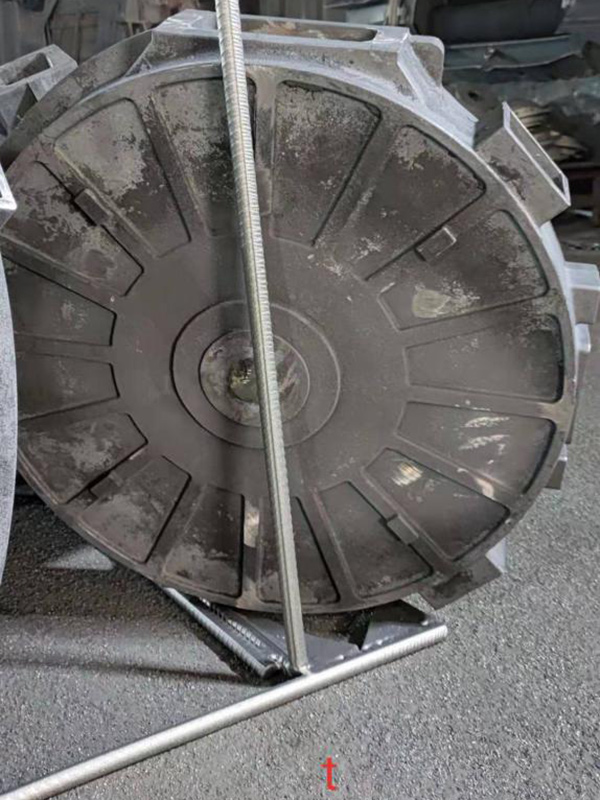How to Sand 3D Prints for a Smooth Finish
3D printing has revolutionized the way we create objects, allowing for incredible design flexibility and rapid prototyping. However, the finish of a 3D print often leaves much to be desired. Layer lines, blemishes, and rough textures can detract from the overall appearance of a printed object. Sanding is an essential step to achieve a professional-level finish on your 3D prints. In this article, we will discuss the steps and techniques to effectively sand your 3D prints.
Materials Needed
Before you begin, gather the necessary materials. You will need sandpaper of various grits (usually ranging from 60 to 1000), a sanding block or sponge, water (for wet sanding), and a clean cloth for dust removal. It’s also advisable to wear a face mask and goggles to protect yourself from any fine particles generated during the sanding process.
Preparing the Print
Once your 3D print is finished, carefully remove any supports and clean up any rough edges. Inspect the print for any imperfections that you might want to address during sanding. If the print is very rough, start with a lower-grit sandpaper (around 60-120 grit) to remove the most obvious imperfections.
Dry Sanding Technique
how to sand 3d prints

Begin sanding using your chosen grit of sandpaper. Move the sandpaper in a circular motion or back and forth along the surface, applying even pressure. Remember, patience is key; rushing through this process may result in uneven surfaces or additional scratches. Regularly check your progress to ensure that you are not removing too much material, especially on detailed sections of your print.
Wet Sanding Technique
For a finer finish, especially when working with delicate details, consider wet sanding. Wet sanding involves using water to lubricate the surface while sanding, which can reduce dust and improve the finish. To wet sand your print, simply moisten the surface with water before using finer grit sandpaper (around 400 to 1000 grit). This technique helps in achieving a glassy finish by smoothing out the layer lines effectively.
Cleaning and Final Touches
After sanding, it’s crucial to clean the print thoroughly to remove any dust and debris. Use a clean cloth or air compressor to blow away any particles. You can also consider applying a primer before painting, which can further enhance the appearance of your 3D print.
Conclusion
Sanding your 3D prints can significantly elevate their visual appeal. By following the techniques outlined above, you can transform your creations from rough prototypes into smooth, professional-quality pieces. Always remember to take your time, and don’t hesitate to experiment with different grits and techniques to discover what works best for your specific print. Happy sanding!
Post time:Қыр . 04, 2024 20:27
Next:Difference Between Sand Casting and Die Casting
